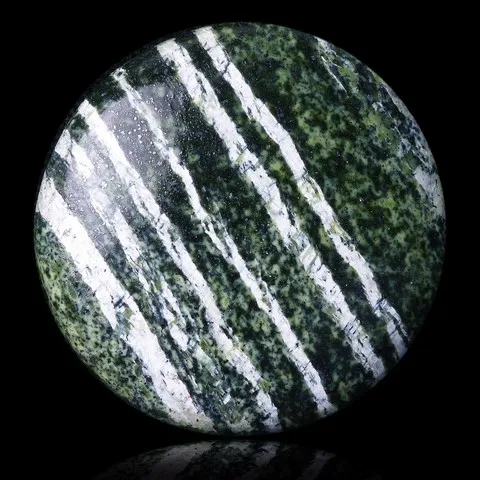What is asbestos ?
Asbestos : definition
Asbestos is amphibole : ferrogedrite and anthophyllite (amosite or brown asbestos), riebeckite (crocidolite, also called blue asbestos), more rarely actinolite and tremolite, and serpentines : chrysotile (white asbestos). Asbestos belonging to the amphibole group represented only 5% of world asbestos production, the remaining 95% being represented by chrysotile.
Their main use is in the building industry : for the manufacture of fireproof materials, thermal and electrical insulation panels. The softness of the fibers and their flexibility, their incombustibility as well as their resistance to heat and their capacity of thermal insulation also predispose them to the manufacture of fabrics (felts, flocking) especially flame retardant and thermal protection (lining of ovens, gloves and thermal protective clothing). The risks of cancer linked to the absorption of fibers by the respiratory tract greatly limit the uses of asbestos. Amphiboles seem more harmful, especially crocidolite. On the other hand, asbestos does not present a danger to be ingested or handled.
Asbestos and collectible minerals
All stones containing asbestos are safe for collection or handling as long as they are not ground or sanded.


